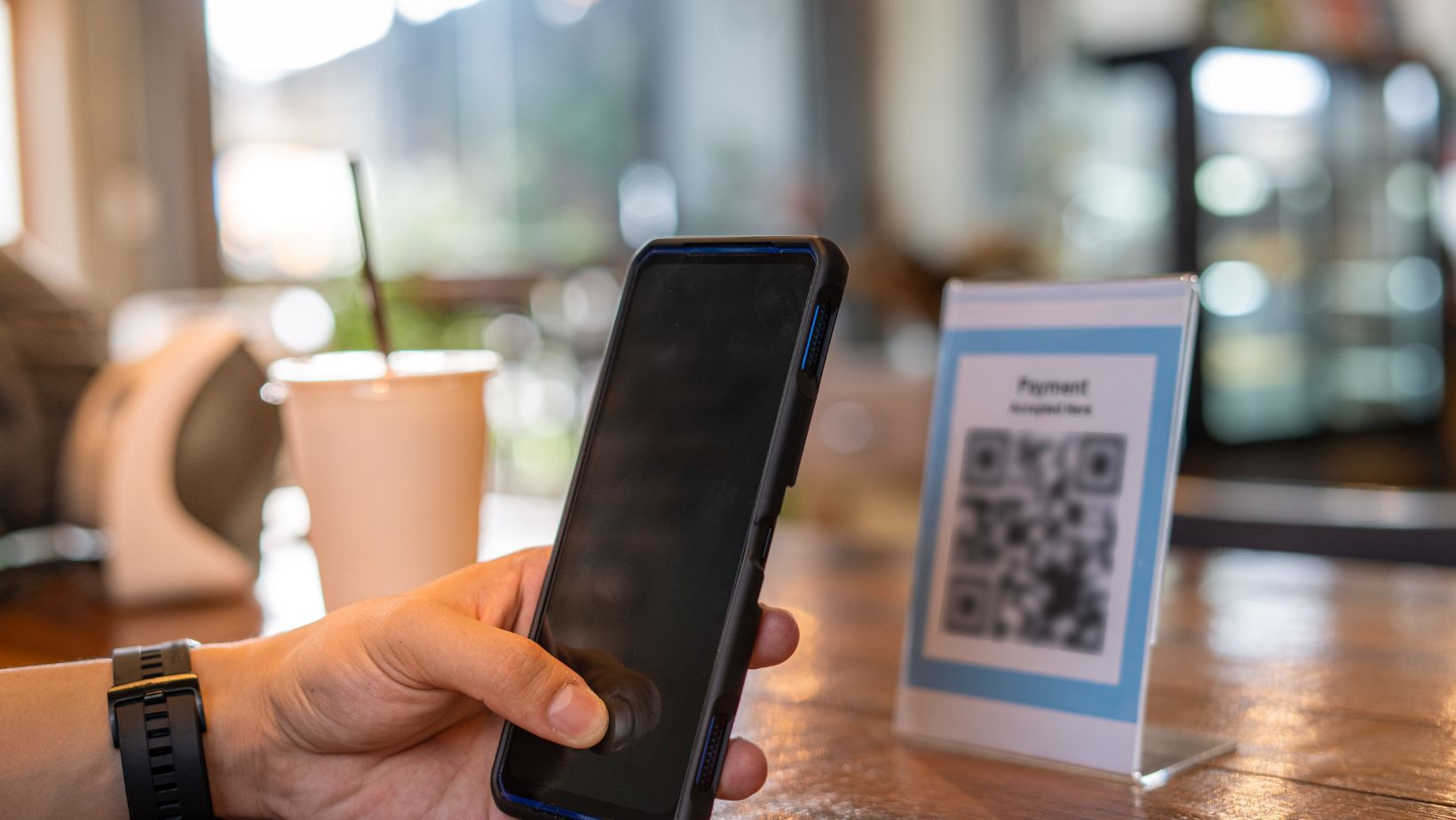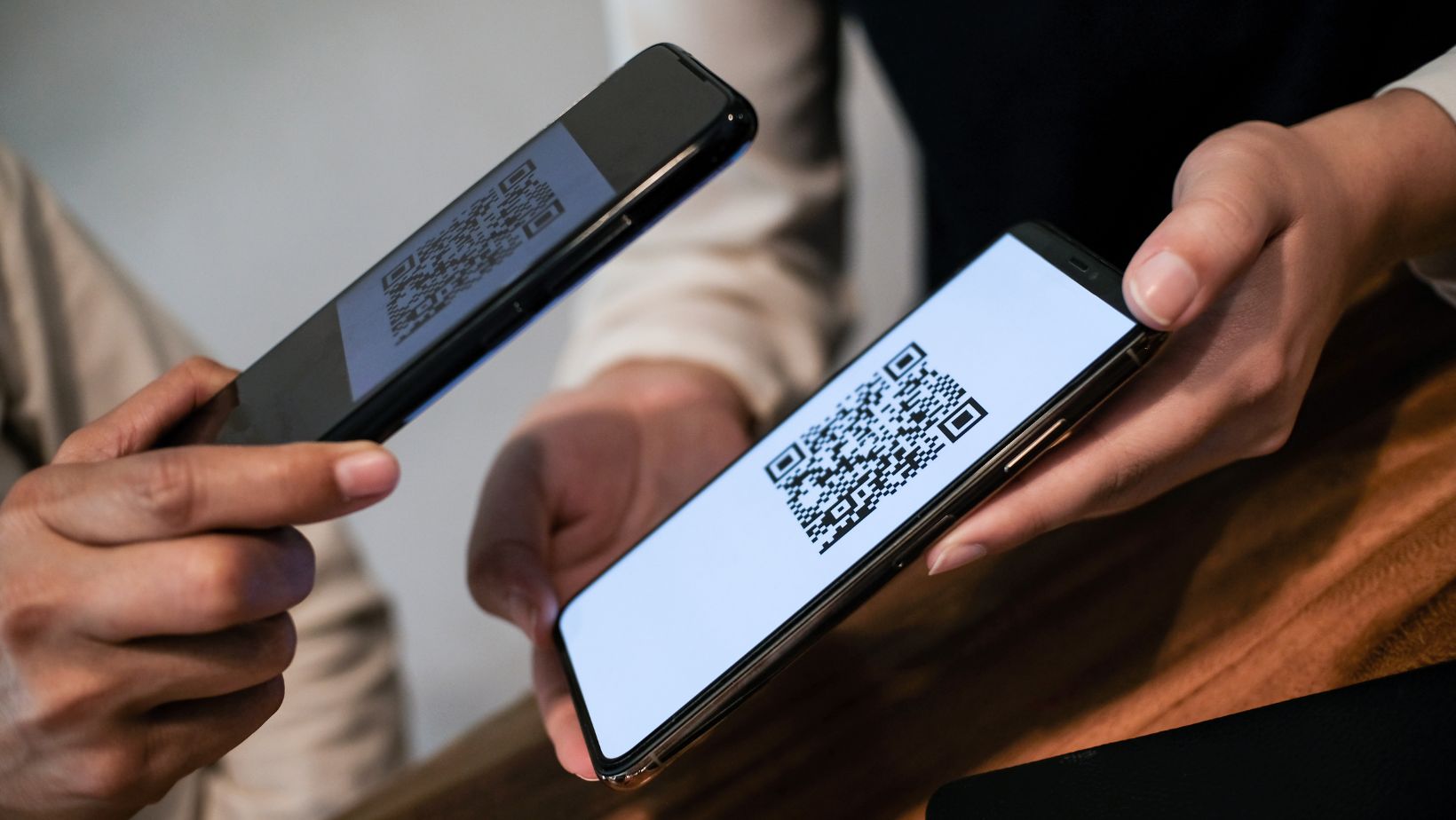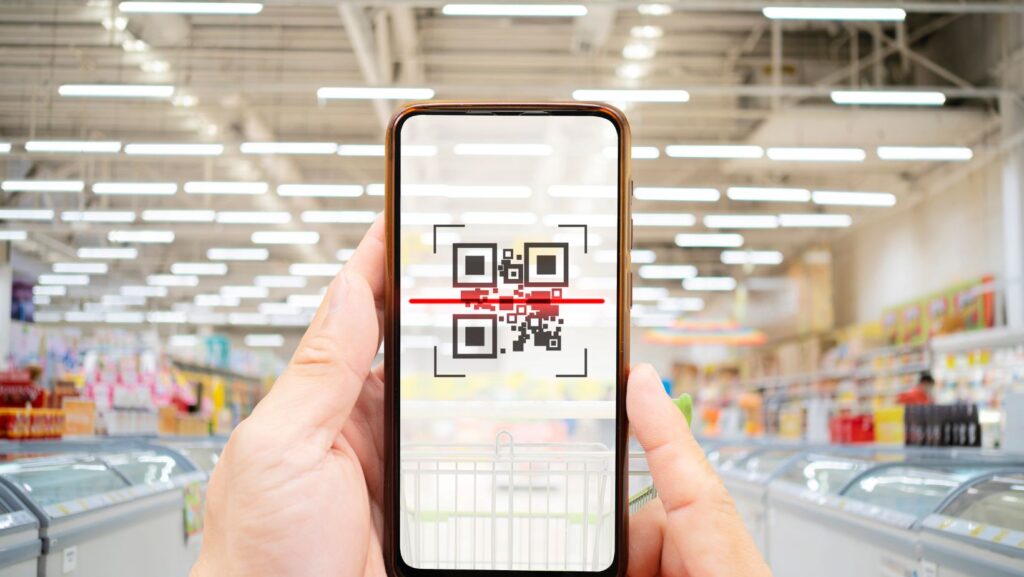QR codes have become a popular tool in recent years, found on everything from grocery store receipts and concert tickets to marketing campaigns.
While QR codes make accessing the digital world easier, the growing popularity of malicious QR codes has turned them into a method for cybercriminals to steal information or infect machines with malware. By using the ideal and safest QR code scanner, businesses and individuals can quickly and easily scan barcodes to verify that the link is safe.
The Expanding Role of QR Codes in Digital Life
Initially designed for logistics, QR codes became widely popular during the pandemic, especially for payments, menus, Wi-Fi access, and marketing campaigns. They now serve as vital connectors between offline experiences and online services. According to industry research, QR code scans grew 83% year-over-year in 2023, with nearly half of marketers integrating them into campaigns—evidence that QR technology is no longer experimental but essential.
This adoption is visible across sectors. Retailers place codes on packaging to link directly to product details or loyalty programs. Airlines and rail operators use them for boarding passes, reducing queues. Museums and tourist attractions embed them in exhibits to provide visitors with richer multimedia experiences. In all cases, the QR code acts as a bridge between the physical and digital worlds.
Hidden Cybersecurity Risks of QR Codes
Despite their utility, QR codes also pose hidden threats. Users may be unknowingly redirected to phishing sites, malware, or spoofed Wi-Fi networks. Attackers exploit trust in “quick and easy” technology by overlaying fake codes onto legitimate posters or inserting malicious versions into emails and packages.
The FBI has issued public guidance warning that QR codes can be tampered with, redirecting users to fraudulent websites or prompting harmful downloads. These attacks succeed because most people treat QR codes as harmless shortcuts—highlighting why added layers of protection are essential.
How Online QR Code Scanners Improve Safety
With online QR code scanners, you see a URL preview of where the link leads before you blindly scan the barcode. This seemingly small step can prevent phishing attacks, limit your exposure to malware, and keep you from being redirected to unsafe websites.

For consumers, it means that when you see a flyer or concert ticket with a scannable QR code, you can feel confident knowing that you won’t run the risk of accidentally going to a website that may harm your computer. For businesses, it means you can ensure that people are only sent to your official brand pages when they scan one of your company’s unique codes. This can help build trust with your customers and make them feel more comfortable digitally interacting with your brand.
Why Businesses Should Care About Secure QR Scanning
Trust is the cornerstone of marketing. If your customer has even one bad experience with an insecure QR code that you are associated with, it can permanently damage your brand’s reputation and hurt your relationship with your customer. On the flip side, by implementing secure QR code scanning you can show your customers you care and are looking out for their safety, building trust and loyalty in your relationship.
Implementation of a secure QR code scanning option can also help your marketing campaign be more effective. If consumers are confident in scanning a code, they are more likely to access promotions, download information or apps, and sign up for social profiles. In fact, recent academic studies have reinforced this idea. A study found that trust, perceived security and reduced risk significantly impact purchasing and online decisions, which supports the idea that making things safer for your customers can directly result in a healthier business.
The Future of Safe QR Code Technology
Looking forward, innovations in QR safety are already underway. AI-powered scanners are being developed to flag anomalies, such as unusual link patterns or suspicious redirection behaviour. Blockchain-based authentication could one day certify the origin of codes, reducing the risk of counterfeiting. On the enterprise side, brands are beginning to deploy monitoring tools that track scan activity in real time, flagging threats before they spread.
These developments align QR codes with broader cybersecurity strategies. Just as multi-factor authentication became a standard for logins, secure QR scanning could become a default expectation in marketing and technology. Regulation may also play a role, with industry standards encouraging businesses to adopt safer generation and scanning tools.
Conclusion
QR codes are here to stay, connecting physical and digital experiences in ways both powerful and seamless. Yet their success depends on safety. Online QR code scanners—by verifying destinations before users engage—play a crucial role in safeguarding digital access and preserving trust.

Adopting these tools isn’t just about avoiding risk; it’s about sustaining the credibility of QR codes as everyday gateways to services, promotions, and information. Protecting digital access is not only a matter of cybersecurity—it’s about building trust in the tools that shape our digital lives.



